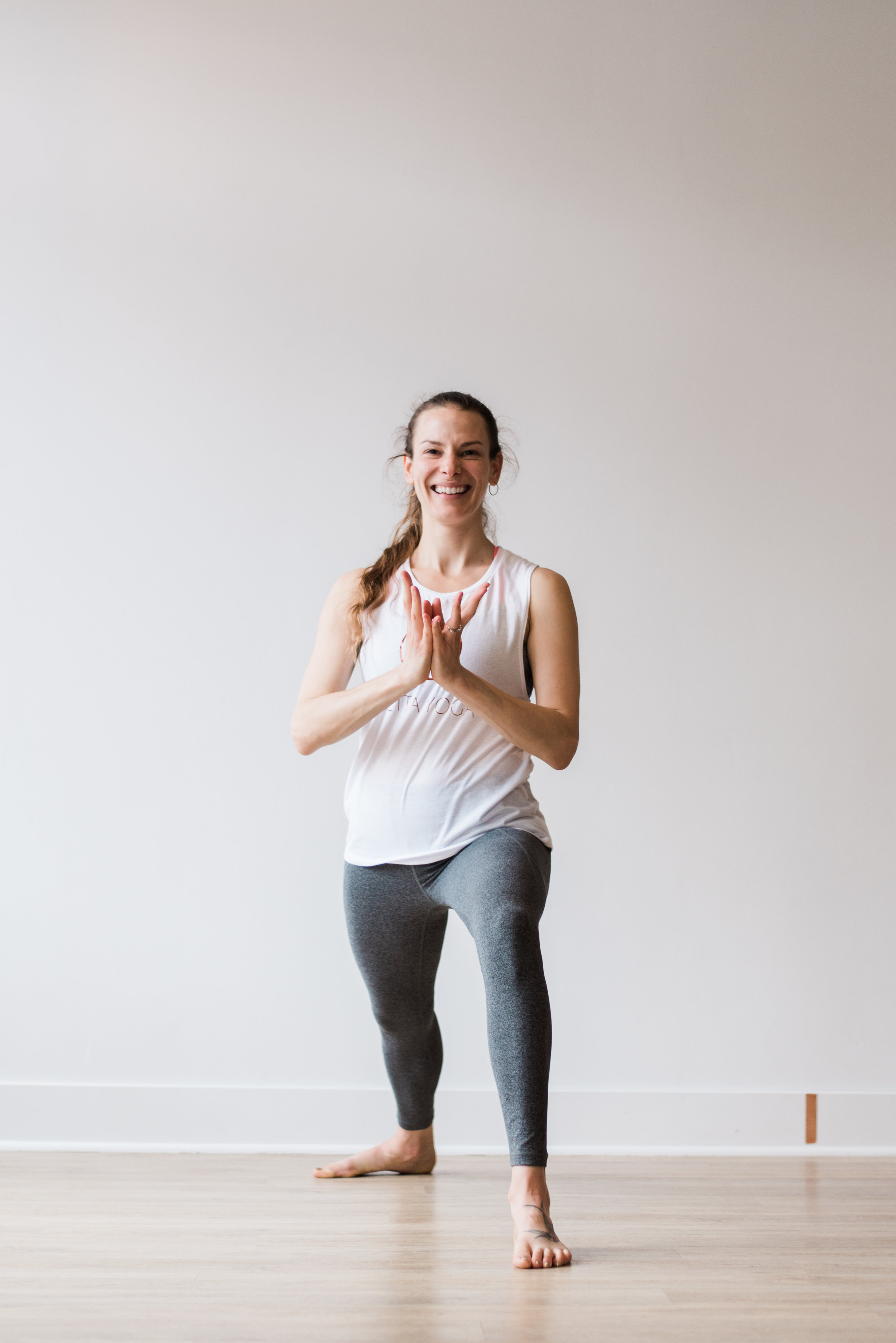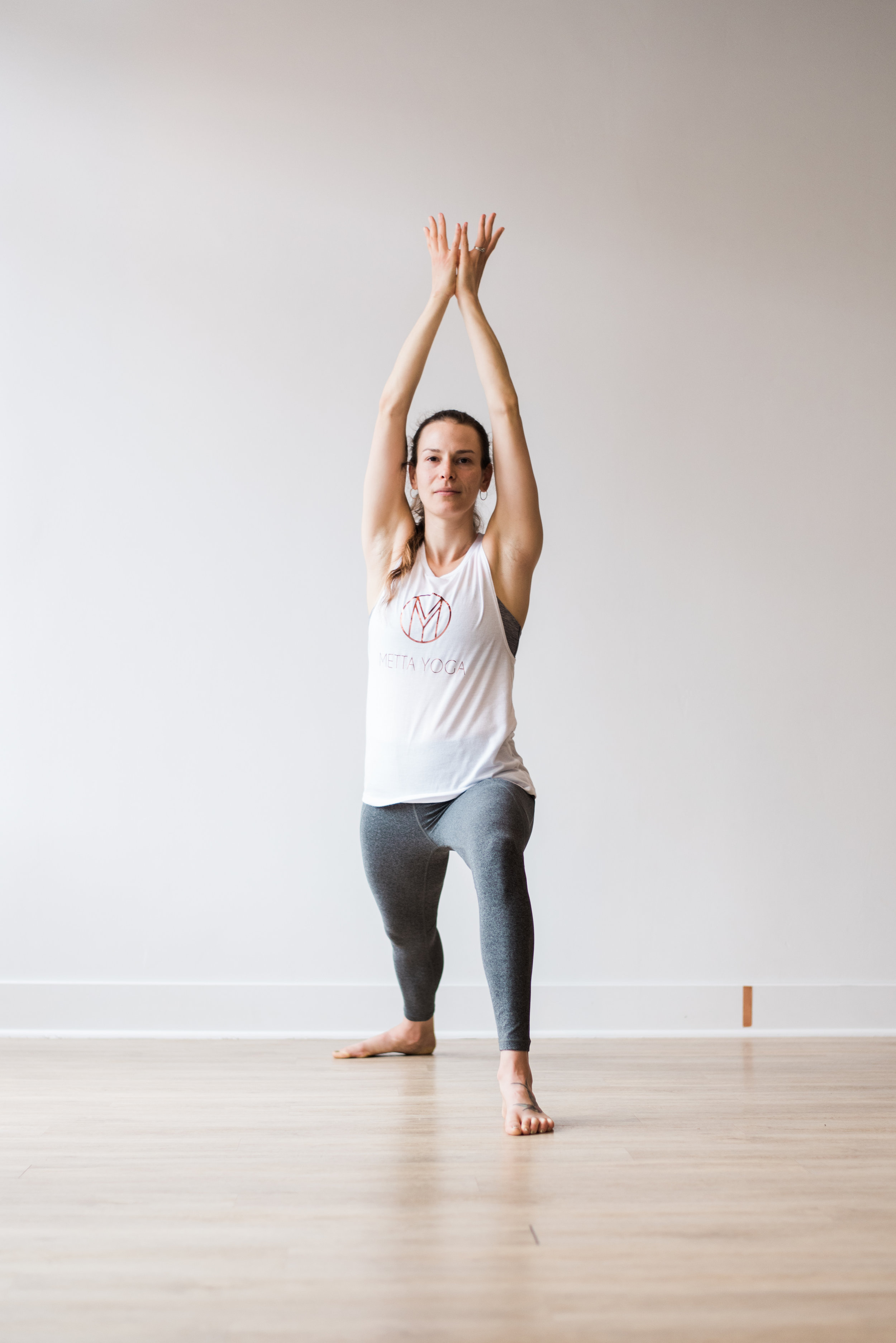Ahimsa
Welcome to the Metta Yoga Blog, our monthly offering, for you. We have created this blog for those of you looking to take your yoga beyond the asana practice. We will attempt to explore yoga philosophy in a lighthearted and accessible way. With each blog entry we hope to leave you with a little nugget that you can take with you off the mat and into your life. We will start off by exploring the Yamas and Niyamas in the Yoga Sutras. Whoa, what are those? In the Yoga Sutras, an ancient yogi “sage,” Patanjali, documents the “8 Limbs of Yoga,” only one of which is the physical asana practice we all know and love. By following the 8 Limbs, it is said that one creates a path toward purifying the body and mind, helping the practitioner to foster and maintain a calm, level state of well-being, leading eventually to bliss! I know I could use a little more bliss in my life, even if it can be accessed just for fleeting moments. There is so much to say about the Sutras. this is not a comprehensive study, but rather a glimpse into the powerful teachings and our spin on how you can apply them.
So let’s jump in! For a little context: the first and second “limbs” of the Sutras are called the "Yamas” and “Niyamas.” The Yamas and Niyamas are said to be the ethical guidelines of yoga, like a moral code of conduct to guide you on your journey. To keep it simple, the Yamas are things NOT TO DO, or restraints, while the Niyamas are things TO DO, or observances. There are five of each. (For the curious, you can get a bit more detail regarding the 8 limbs and the Yamas and Niyamas here.)
Our Asana, or pose, practice is the third limb — just one little piece of yoga! And our breath practice, pranayama, is the 4th limb. But there is SO MUCH MORE to explore. Get excited. Let’s start with the first limb of yoga, the Yamas, and the first Yama — the first of the first — Ahimsa.
AHIMSA
Ahimsa, or non-violence, is the first of the five Yamas (the social restraints) and the first of the ten Yamas and Niyamas (the “do’s”, the self-disciplines, the things to cultivate). It’s important, it’s the first, and we try to grasp Ahimsa before we move on to the second Yama.
It’s also daunting. In our modern world, violence, sadly, seems inevitable if not the norm. So how do we practice non-violence when it’s all around us in so many ways?
Do we see the forest, or the trees? When it comes to Ahimsa, I vote for starting small, with the tree … within you. Change doesn’t have to be big to make a big difference. Start small, feel the results and then let it grow and evolve organically.
Another way to contemplate non-violence is to think of it as kindness. How can you incorporate more kindness into your daily life? We all have that voice inside our head … the voice that is our own worst critic. The nagging voice that criticizes or says you’re not doing the pose correctly, you’re not keeping up … you’re not enough. That isn’t a voice of kindness.
Working (because it does take work) to change that voice to one of kindness, acceptance, compassion, patience, and love is the practice of Ahimsa. Just because the change is small and internal doesn’t mean it’s easy. It takes awareness of oneself to even realize and admit that there is an internal voice that doesn’t always say nice things.
The daily practice of Ahimsa involves using that self-awareness and pausing to listen when the negative internal voice speaks up, and — without judging — starting to breathe, starting to quiet the mind so as to quiet the voice, thereby finding kindness, compassion, patience and self-love. By cultivating non-violence within, we’re much better equipped to practice non-violence off our yoga mats and out in the world.
I invite you to start small, cultivate Ahimsa within and feel it grow. As it grows, allow it to infiltrate your day. Maybe even start your morning with an intention of kindness — asking, “How can I be kind to myself; how can I be kind to others; how can I be kind to the world?”
Give it a spin, try it on, and see how it feels. Ahimsa … non-violence. Let’s start with that.
Ways to incorporate Ahimsa into your yoga practice and daily life!
Each Yama and Niyama has poses (asanas) and hand gestures or shapes (mudras) associated with it, as well as mantras (Sanskrit phrases or prayers). Try practicing the pose or the mudra while thinking about Ahimsa or while repeating or chanting the mantra.
Vairabhadrasana 1
Lotus Flower Mudra
Warrior One (Virabhadrasana I) is the pose linked to Ahimsa.
“Vira” means “warrior” and “bhadra” means “with great virtue.”
As you stand in Warrior 1, feel the strength and grace of the warrior; bring forth your warrior energy toward the virtues of non-violence.
Become a warrior for peace, for kindness, for not harming yourself, others and the world around you.
Lotus flower (Padma) hands are the mudra associated with Ahimsa.
Draw your palms together with your thumbs and pinkie fingers touching each other along their entire length. The index, middle and ring fingers open so as to create an open bowl shape with the hands. The fingers spread wide, though the palms, pinkies and thumbs remain in contact with each other. Imagine the lotus flower floating above the muddy waters and shining in its beauty. Rise above the mud and muck of violence, desire, fear, attachment, impatience, negativity — the emotions and actions that cause us to show violence to ourselves and others. Shine in your full beauty.
“Lokah samastah sukhino bhavantu”
“May all beings everywhere by happy, healthy and free. May I do my part in helping to make it so.” Repeat this mantra while holding the pose, the mudra or while sitting in traffic. Explore Ahimsa in mind, body, and spirit and see where it takes you.
More ways to incorporate Ahimsa into your day, week, and month…
Week One: Focus on ways to bring kindness to yourself, to quiet the inner voice of judgement and grow Ahimsa within your own being.
Week Two: Set an intention every morning to bring kindness to those around you. Start local, start small, but share kindness with your community.
Week Three: Do something each day to bring non-violence into the world. Maybe eat less or no meat one day a week; maybe drive less or not at all one day a week, all with the intention of caring for and bringing kindness into the larger world.
Week Four: Look back on the month and see how your practice of Ahimsa has blossomed. How do you feel? Has the practice of Ahimsa become intuitive and something you don’t have to think about? Is it just is part of who you are and how you live? See how you feel, see what’s working and decide how you’d like to move forward into the coming weeks.
Questions? Comments? Want to let us know how it’s going? Email us! info@mettayogastudio.com
Next month we’ll cover the second Yama of Satya or truthfulness.
With gratitude,
The Metta Yoga Team (Ahimsa authorship credit to July Johnson)
Copyright 2019 Metta Yoga, LLC




